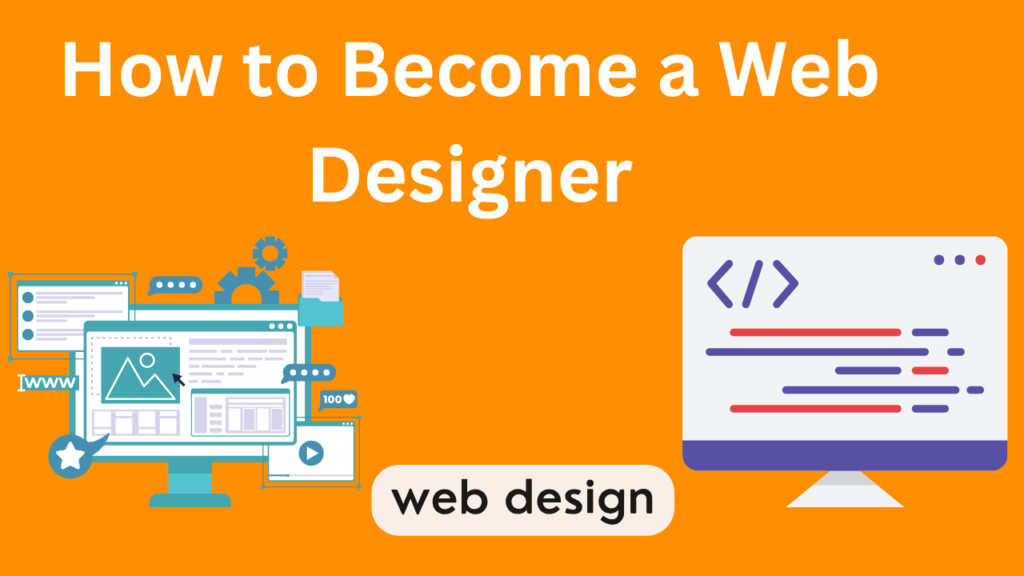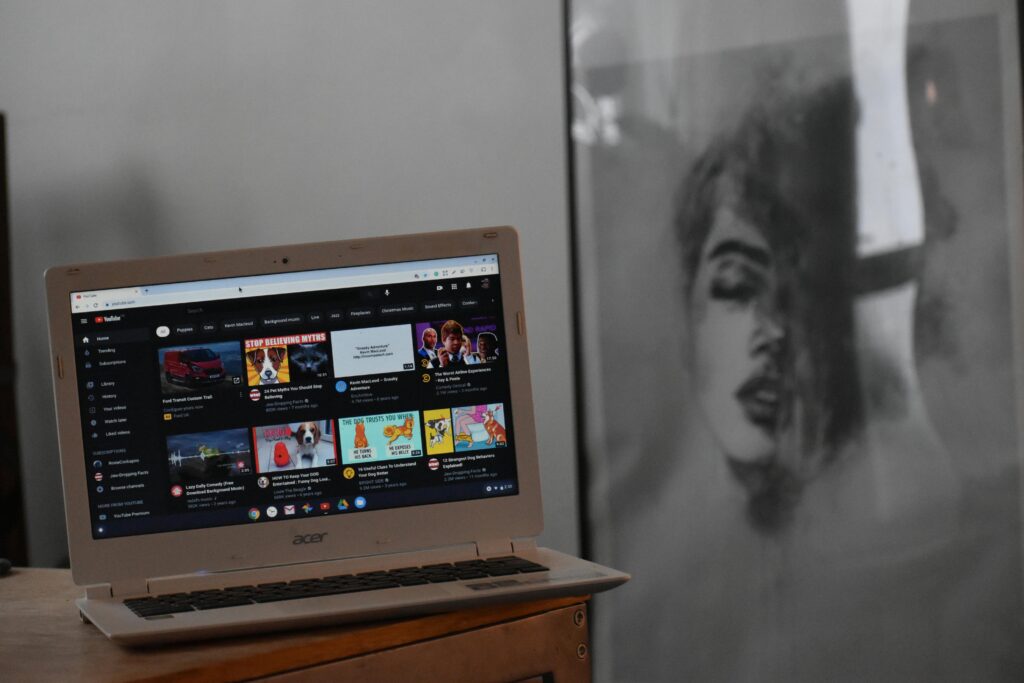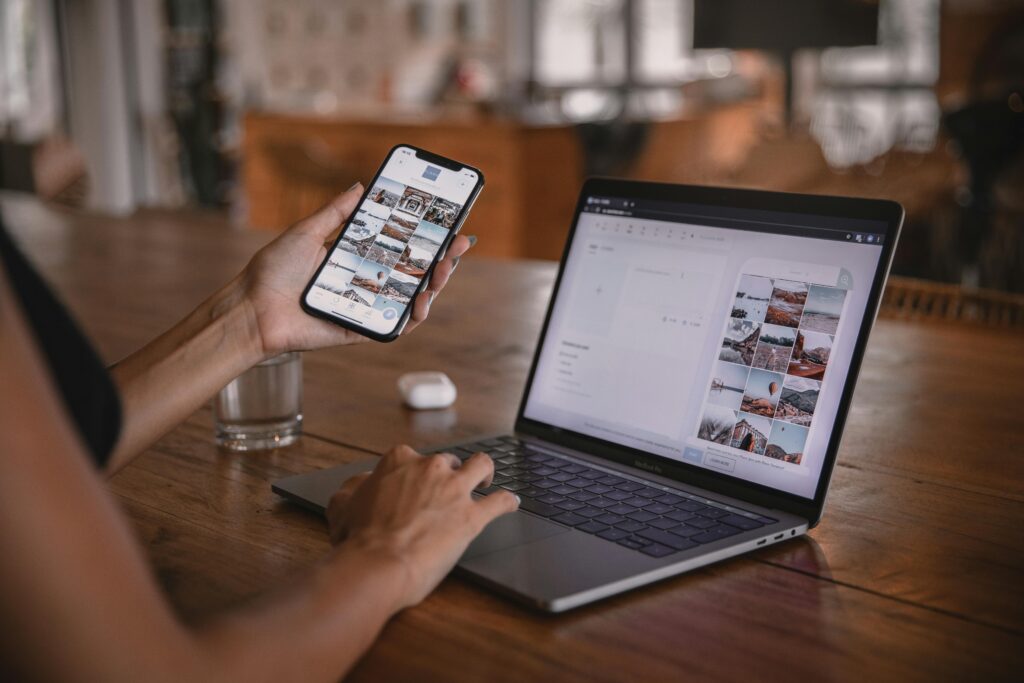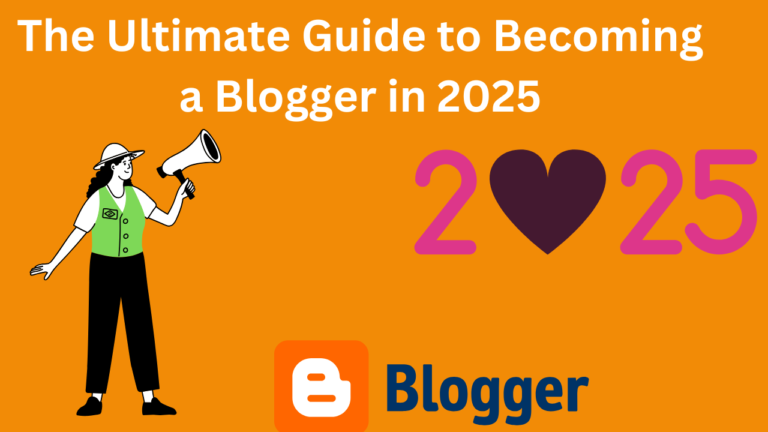How to Become a Web Designer 2025: Unlock Your Creative Potential for a Thriving Career

Introduction
In today’s digital age, web design is a crucial skill that combines creativity with technical knowledge. As businesses increasingly move online, the demand for skilled web designers continues to grow. This guide will explore the essential steps on how to become a web designer, covering everything from foundational skills and education to building a portfolio and landing your first job.
Focus Keyword: How to Become a Web Designer
SEO Title: How to Become a Web Designer: Your Complete Guide
Meta Description: Discover the steps to become a web designer, including skills, tools, and tips to launch your career in web design.
Discover how to become a web designer with essential skills, tools, and tips to launch your career in web design.
URL Structure: .com/become-web-designer
Understanding Web Design
What is Web Design?
Web design encompasses the planning and creation of websites. It involves a variety of disciplines, including graphic design, user experience design, and interface design. A successful web designer creates visually appealing, user-friendly websites that effectively communicate the brand’s message.
Why is Web Design Important?
In a world where first impressions often occur online, having a well-designed website is essential. A good web design can enhance user engagement, improve SEO rankings, and ultimately drive conversions. In today’s digital age, a well-designed website is crucial for making a strong first impression. Effective web design enhances user engagement, boosts SEO rankings, and ultimately drives conversions.

Step 1: Acquire the Necessary Skills
1.1 Fundamental Skills
To become a web designer, you’ll need to develop a strong foundation in several key areas:
- HTML/CSS: The backbone of web design, HTML (Hypertext Markup Language) and CSS (Cascading Style Sheets) are essential for creating and styling web pages.
- JavaScript: Learning JavaScript can help you add interactivity to your designs, enhancing user experience.
- Graphic Design: Familiarity with design principles, such as color theory, typography, and layout, is crucial for creating visually appealing websites.
[Image: Screenshot of a coding environment showcasing HTML and CSS.]
1.2 Design Tools
Familiarize yourself with industry-standard design tools:
- Adobe Creative Suite: Programs like Photoshop and Illustrator are widely used for graphic design tasks.
- Sketch/Figma: These tools are popular for UI/UX design and prototyping.
- WordPress: Understanding how to use content management systems (CMS) like WordPress will help you build websites efficiently.
Step 2: Pursue Formal Education
2.1 Degree Programs
While a formal degree is not mandatory, pursuing a degree in web design, graphic design, or computer science can provide a comprehensive understanding of the field. Many universities and colleges offer specialized programs.
2.2 Online Courses and Certifications
There are numerous online platforms that offer courses in web design:
- Coursera: Offers courses from top universities, covering everything from basic HTML to advanced web design principles.
- Udemy: Features a wide range of courses tailored to different skill levels.
- Codecademy: Provides interactive coding lessons to build your programming skills.

Step 3: Build a Strong Portfolio
3.1 Importance of a Portfolio
A portfolio is crucial for showcasing your skills and attracting potential clients or employers. It demonstrates your design abilities and your approach to solving design problems.
3.2 What to Include
- Diverse Projects: Include a variety of projects that highlight your skills, such as personal websites, freelance work, or school projects.
- Case Studies: Explain your design process, challenges faced, and solutions implemented for each project.
Step 4: Gain Practical Experience
4.1 Internships
Internships provide valuable real-world experience. Look for opportunities at web design agencies, marketing firms, or tech companies. An internship can help you apply your skills in a practical setting and build professional connections.
4.2 Freelancing
Freelancing is an excellent way to gain experience and build your portfolio. Start by taking on small projects for friends or local businesses to develop your skills and receive feedback.
Step 5: Stay Updated with Industry Trends
5.1 Continuous Learning
Web design is an ever-evolving field, so staying updated with the latest trends and technologies is crucial. Follow industry blogs, attend webinars, and participate in online forums to keep your skills current.
5.2 Networking
Join web design communities on platforms like LinkedIn, Belance, and Dribbled. Networking with other professionals can lead to job opportunities and collaborations.

Step 6: Prepare for Job Applications
6.1 Resume and Cover Letter
Create a professional resume that highlights your education, skills, and relevant experience. Tailor your cover letter for each application, emphasizing your passion for web design and how you can contribute to the company.
6.2 Interview Preparation
Prepare for interviews by practicing common web design questions and presenting your portfolio. Be ready to discuss your design process, tools you use, and how you approach user experience.
Step 7: Landing Your First Job
7.1 Job Search Strategies
Utilize job boards like Indeed, Glassdoor, and LinkedIn to search for web design positions. Don’t hesitate to reach out to your network for potential job leads.
7.2 Entry-Level Positions
Consider applying for entry-level positions, such as junior web designer or web design intern. These roles provide valuable experience and can lead to more advanced opportunities.
Conclusion
Becoming a web designer is a rewarding journey that combines creativity and technical skills. Following the steps outlined in this guide on becoming a web designer, you can build a successful career in this dynamic field. Embrace continuous learning, stay updated with industry trends, and don’t hesitate to showcase your unique design style through your portfolio.

Welcome to useful articles like this /https://www.xafsashariif.com/how-to-become-a-web-developer/
Welcome to my page: https://www.xafsashariif.com







